![]() VisNow v1.4.0 is available for download NOW! Go to visnow.org web page to get the installers for Linux, Windows, or macOS.
VisNow v1.4.0 is available for download NOW! Go to visnow.org web page to get the installers for Linux, Windows, or macOS.
This is the first VisNow release under the new community branding - visnow.org. However, VisNow still remains the same best visualization application that you know.
Major changes: visnow.org rebranding; new Point Field data type; LAS reader module for LIDAR point cloud data support; HDF5/CDM4 reader and writer modules; Updated CSV reader; Updated component calculator module; differential operations module now supports time derivatives; Refreshed movie creation panel; Added even more support for physical units.
Major bugfixes: Rendering library upgraded to new Java3D/JOGL versions; Lots of code optimizations; Resolved a number of VisNow freezes on newer operating systems; Fixed problems in graph 3d and line probe modules; Fixed issues in writing ASCII VNF files; Fixed problems in flow visualization module; Fixed problems with 1D fields rendering.
 VisNow development has made a significant step towards the open-source community! It is now developed and hosted by the visnow.org association with contributions from a wider visualization community. ICM and the original VisNow team still is and will remain one of the main contributors! Got o visnow.org web page for more information and news.
VisNow development has made a significant step towards the open-source community! It is now developed and hosted by the visnow.org association with contributions from a wider visualization community. ICM and the original VisNow team still is and will remain one of the main contributors! Got o visnow.org web page for more information and news.
 VisNow v1.3.1 is available for download NOW! Go to the download section to get the installers for Linux, Windows or macOS.
VisNow v1.3.1 is available for download NOW! Go to the download section to get the installers for Linux, Windows or macOS.
This is still VisNow in the full version with all functionalities. Within this release, we've focused on improving the support for large regular fields and fixed a bunch of bigger and smaller bugs.
Major changes: Improved large data support; The new interface in component calculator module; Added support of coordinate units; Added support of large 3D fields in the image reader; Lots of bugfixes.
Major bugfixes: Solved thread deadlock on newer Linux systems; Solved number of issues on newer macOS systems; Fixed some bugs in the stationary flow visualization module; Fixed interpretation of 16-bit DICOMs.
 Supercomputing Frontiers conference is coming next week to Warsaw, Poland again - as SCFE 2019. This second release of SCFE conference again will become a place of visionary look at the future of supercomputing. The tutorials programme this year covers programming with Julia, programming with Adios and introduction to visualization with VisNow. Participants of our training will be able to work with VisNow v1.3 version, with a number of new functionalities like physical units support, new probing modules or integrated flow visualization module.
Supercomputing Frontiers conference is coming next week to Warsaw, Poland again - as SCFE 2019. This second release of SCFE conference again will become a place of visionary look at the future of supercomputing. The tutorials programme this year covers programming with Julia, programming with Adios and introduction to visualization with VisNow. Participants of our training will be able to work with VisNow v1.3 version, with a number of new functionalities like physical units support, new probing modules or integrated flow visualization module.
Ph.D. students from the Cardinal Stefan Wyszynski University in Warsaw, Faculty of Mathematics and Natural Sciences, School of Exact Sciences, took part in the scientific data visualization workshop organized by the Interdisciplinary Centre for Mathematical and Computational Modelling. The participants had the opportunity to use VisNow to learn on best practices in scientific visualization on real-world case studies. "I'm highly impressed by the ICM Technology Centre and the classes. Both presentations and practical activities with VisNow were prepared and presented professionally" said one of the participants.
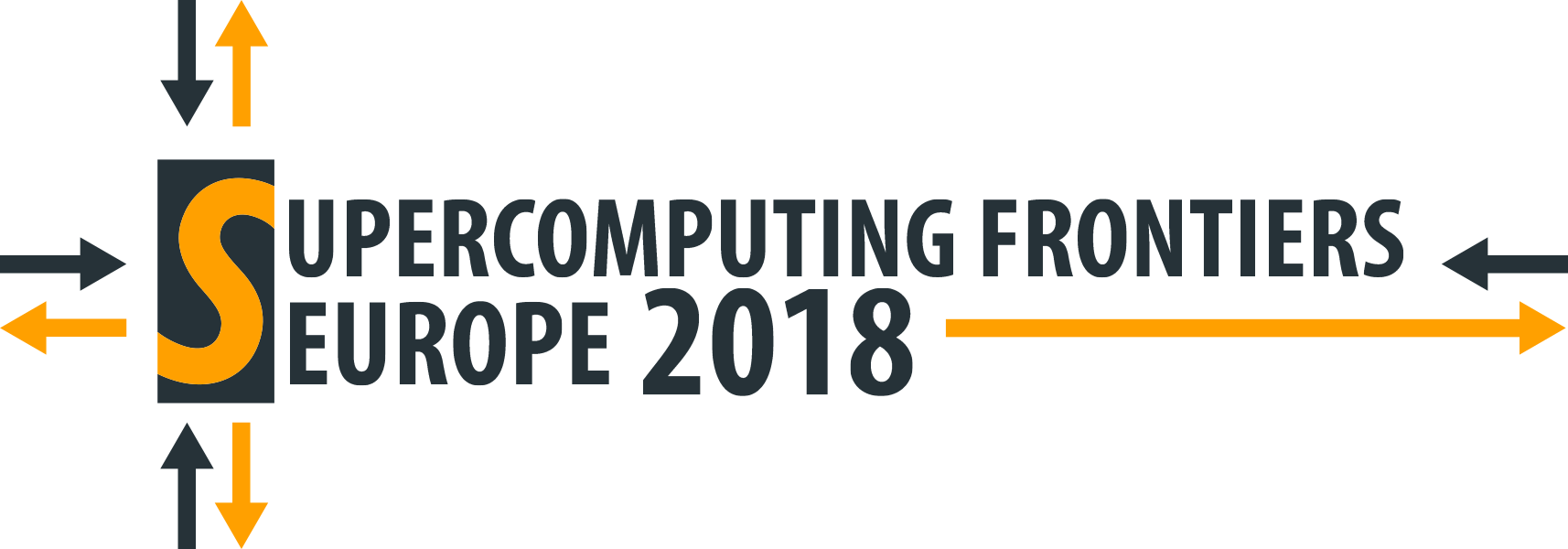 Supercomputing Frontiers conference was held for the first time in Warsaw, Poland as SCFE 2018. Its is the place to be for visionary look at the future of supercomputing. Between many tutorials (including quantum computing by D-Wave or programming with Julia) VisNow also found its place. Participants were able to work with VisNow v1.3-RC1 (release candidate) version, coming soon to full release, and providing a number of new functionalities like physical units support, new probing modules or integrated stationary flow visualization module.
Supercomputing Frontiers conference was held for the first time in Warsaw, Poland as SCFE 2018. Its is the place to be for visionary look at the future of supercomputing. Between many tutorials (including quantum computing by D-Wave or programming with Julia) VisNow also found its place. Participants were able to work with VisNow v1.3-RC1 (release candidate) version, coming soon to full release, and providing a number of new functionalities like physical units support, new probing modules or integrated stationary flow visualization module.
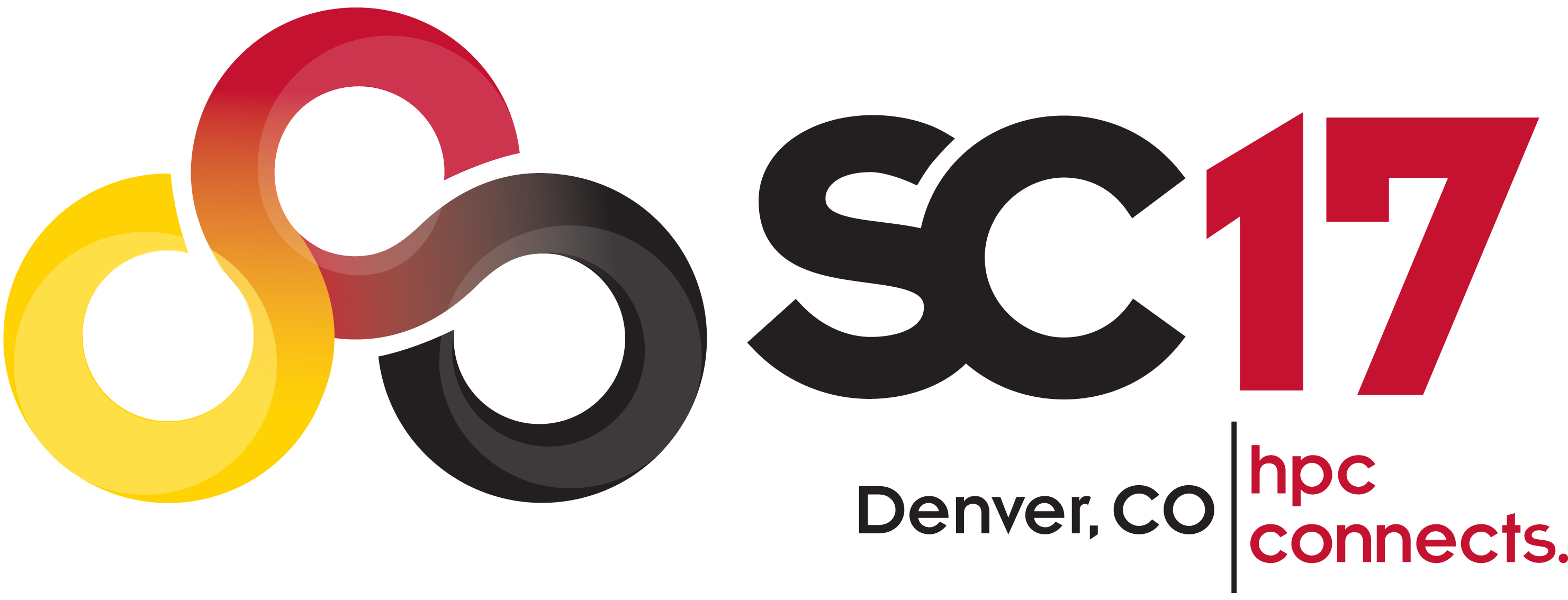 VisNow was present at SuperComputing 2017 conference in Denver in three flavors - ICM booth and two live demos. Based on fast global connections a globally distributed visualization was presented in first demo, based on NICE DCV engine with VisNow as a visualization layer. In the second demo VisNow enabled a 3D insight into a deep learning network decision process in Achilles tendon imaging.
VisNow was present at SuperComputing 2017 conference in Denver in three flavors - ICM booth and two live demos. Based on fast global connections a globally distributed visualization was presented in first demo, based on NICE DCV engine with VisNow as a visualization layer. In the second demo VisNow enabled a 3D insight into a deep learning network decision process in Achilles tendon imaging.
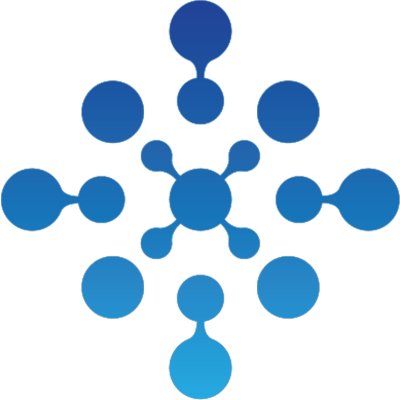 VisNow and JSciC are presented in poster session of the "Workshop on Visualization in Practice: Open Source Visualization and Visual Analytics Software" within the IEEE VIS 2016 Conference in Baltimore, US. "A Java alternative to open source visualization - VisNow" and "Java Scientific Containers - an open source generic large data library for visualization applications" give a story on our software and libraries as a potential alternative to other generic visualization platforms and VTK standard.
VisNow and JSciC are presented in poster session of the "Workshop on Visualization in Practice: Open Source Visualization and Visual Analytics Software" within the IEEE VIS 2016 Conference in Baltimore, US. "A Java alternative to open source visualization - VisNow" and "Java Scientific Containers - an open source generic large data library for visualization applications" give a story on our software and libraries as a potential alternative to other generic visualization platforms and VTK standard.
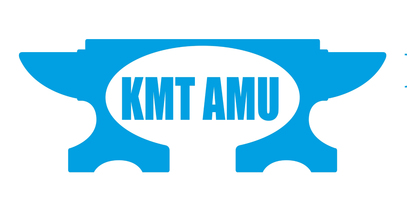 The Academy of Young Scientists of the Polish Academy of Sciences implemented the next "Young Talens Forge" school last weekend. The participants had the oportunity to use VisNow to learn on best practices in scientific visualization on real world case studies. See http://kmtamu.pl/ for more details on the school.
The Academy of Young Scientists of the Polish Academy of Sciences implemented the next "Young Talens Forge" school last weekend. The participants had the oportunity to use VisNow to learn on best practices in scientific visualization on real world case studies. See http://kmtamu.pl/ for more details on the school.
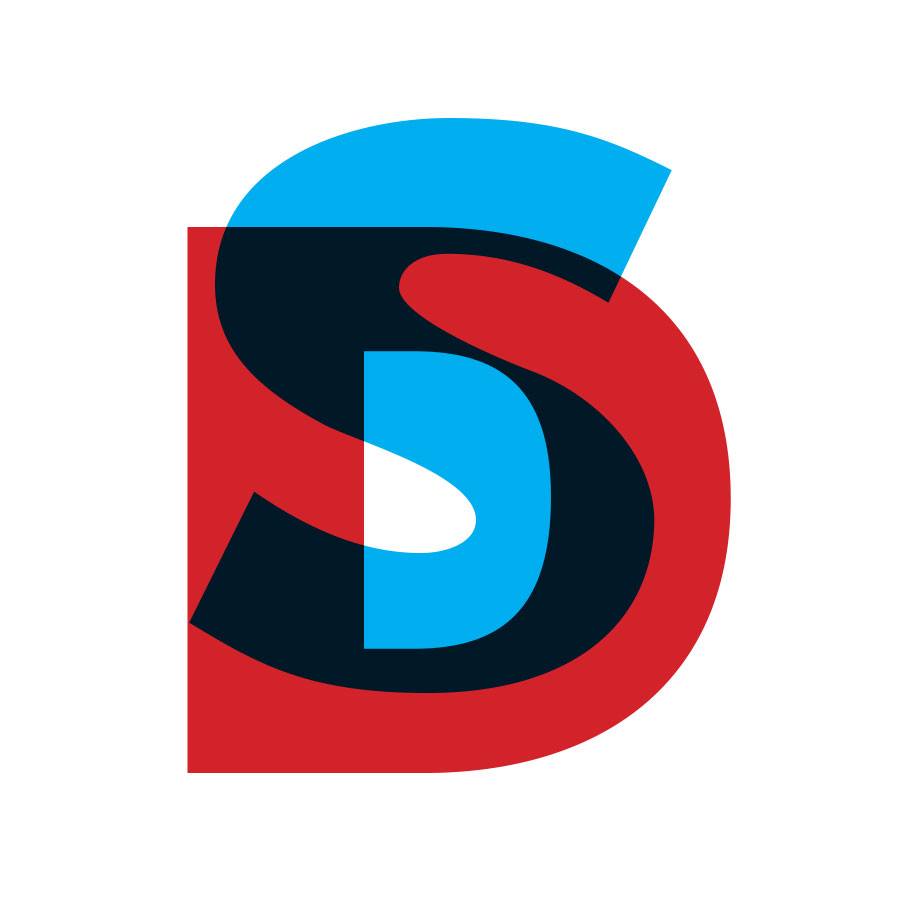 FestDesign16 design&science conference took place at the Academy of Fine Arts in Katowice 22-23 April 2016. The main purpose of the conference was to bring together the scientists and designers to start the discussion on collaboration needs. Visualization is the central point of that discussion. Tutorial on scientific visualization for designers and scientists was based on VisNow software with amazing visual results.
FestDesign16 design&science conference took place at the Academy of Fine Arts in Katowice 22-23 April 2016. The main purpose of the conference was to bring together the scientists and designers to start the discussion on collaboration needs. Visualization is the central point of that discussion. Tutorial on scientific visualization for designers and scientists was based on VisNow software with amazing visual results.
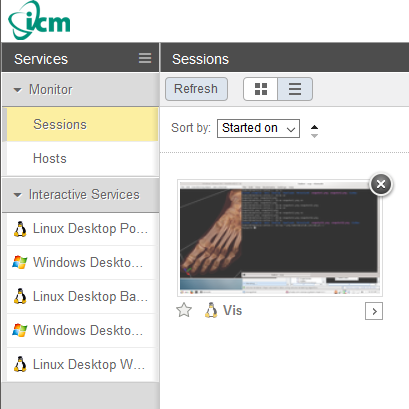 HPC infrastructure at ICM UW just enriched with integrated remote visualization platform. Dedicated visualization servers are running on Nvidia GRID K2 and M6000 video cards. NICE Desktop Cloud Visualization (DCV) and EngineFrame portal provide the middleware for remote desktop. VisNow provides user friendly visualization on server side with direct acces to HPC filesystems. Running generic large scale visualization on big datasets was never such easy.
HPC infrastructure at ICM UW just enriched with integrated remote visualization platform. Dedicated visualization servers are running on Nvidia GRID K2 and M6000 video cards. NICE Desktop Cloud Visualization (DCV) and EngineFrame portal provide the middleware for remote desktop. VisNow provides user friendly visualization on server side with direct acces to HPC filesystems. Running generic large scale visualization on big datasets was never such easy.
 Need more details and interactive performance in your large scale visualizations? VisNow was just tested on the 8K (7704x4338) 220-inch LCD video wall at ICM UW. 3D graphics was running on 48-cores, 1TB RAM, 4 Nvidia M6000 GPUs server in real-time full resolution interactive workflow.
Need more details and interactive performance in your large scale visualizations? VisNow was just tested on the 8K (7704x4338) 220-inch LCD video wall at ICM UW. 3D graphics was running on 48-cores, 1TB RAM, 4 Nvidia M6000 GPUs server in real-time full resolution interactive workflow.
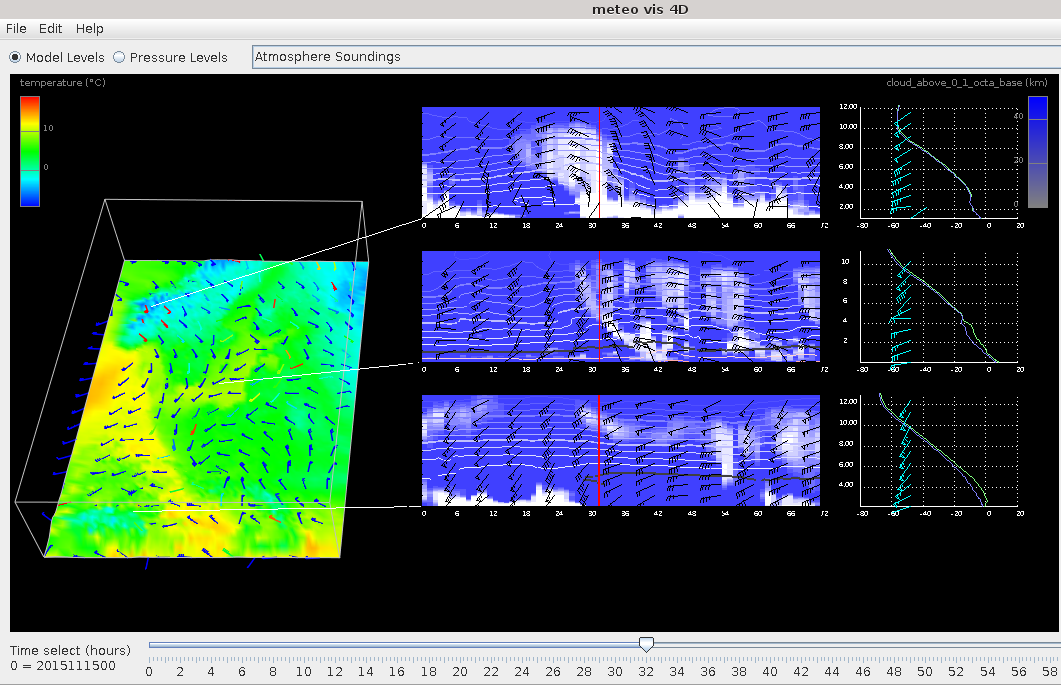 Meteo Vis 4D is an interactive visualization tool designed for 4D analysis of numerical weather forecasts datasets withing the OCEAN project. VisNow was used as a basis platform for end-user application development. Just use the out-of-the-box VisNow modules, and combine them in a standalone dedicated analytics tool. Soon, the forecasters will be given the opportunity to work with terabytes of simulation outcomes with interactive remote visualization.
Meteo Vis 4D is an interactive visualization tool designed for 4D analysis of numerical weather forecasts datasets withing the OCEAN project. VisNow was used as a basis platform for end-user application development. Just use the out-of-the-box VisNow modules, and combine them in a standalone dedicated analytics tool. Soon, the forecasters will be given the opportunity to work with terabytes of simulation outcomes with interactive remote visualization.
 We have just started the migration of all VisNow and VisNow related codes to GitLab. Now all the active development sources of VIsNow, JSciC, JLargeArrays and VisNow plugins are available for your access using GIT. Check out the development page or VisLab group at https://gitlab.com/ICM-VisLab for more details.
We have just started the migration of all VisNow and VisNow related codes to GitLab. Now all the active development sources of VIsNow, JSciC, JLargeArrays and VisNow plugins are available for your access using GIT. Check out the development page or VisLab group at https://gitlab.com/ICM-VisLab for more details.
 VisNow v1.2 in version Pro is available for download NOW! Go to download section to get the installers for Linux, Windows or Mac OS X.
VisNow v1.2 in version Pro is available for download NOW! Go to download section to get the installers for Linux, Windows or Mac OS X.
VisNow Pro is the extended version with full functionality. We no longer follow the Simple version in the previous form - soon you'll get a fully reorganized and even more simplified version. In meantime - take advantage of the new VisNow v1.2-Pro!
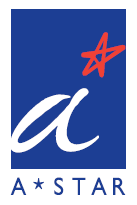 An article entitled "VisNow Workshop and Visualization Wall" was published recently in "Powering Discoveries!" (Volume 8, issue 4, page 11) - a publication of the Institute Of high Performance Computing, A*STAR, Singapore. It summarizes the A*CRC workshop and the commissioning event where VisNow was enpowered by the high-resolution video wall. The publication can be downloaded here.
An article entitled "VisNow Workshop and Visualization Wall" was published recently in "Powering Discoveries!" (Volume 8, issue 4, page 11) - a publication of the Institute Of high Performance Computing, A*STAR, Singapore. It summarizes the A*CRC workshop and the commissioning event where VisNow was enpowered by the high-resolution video wall. The publication can be downloaded here.
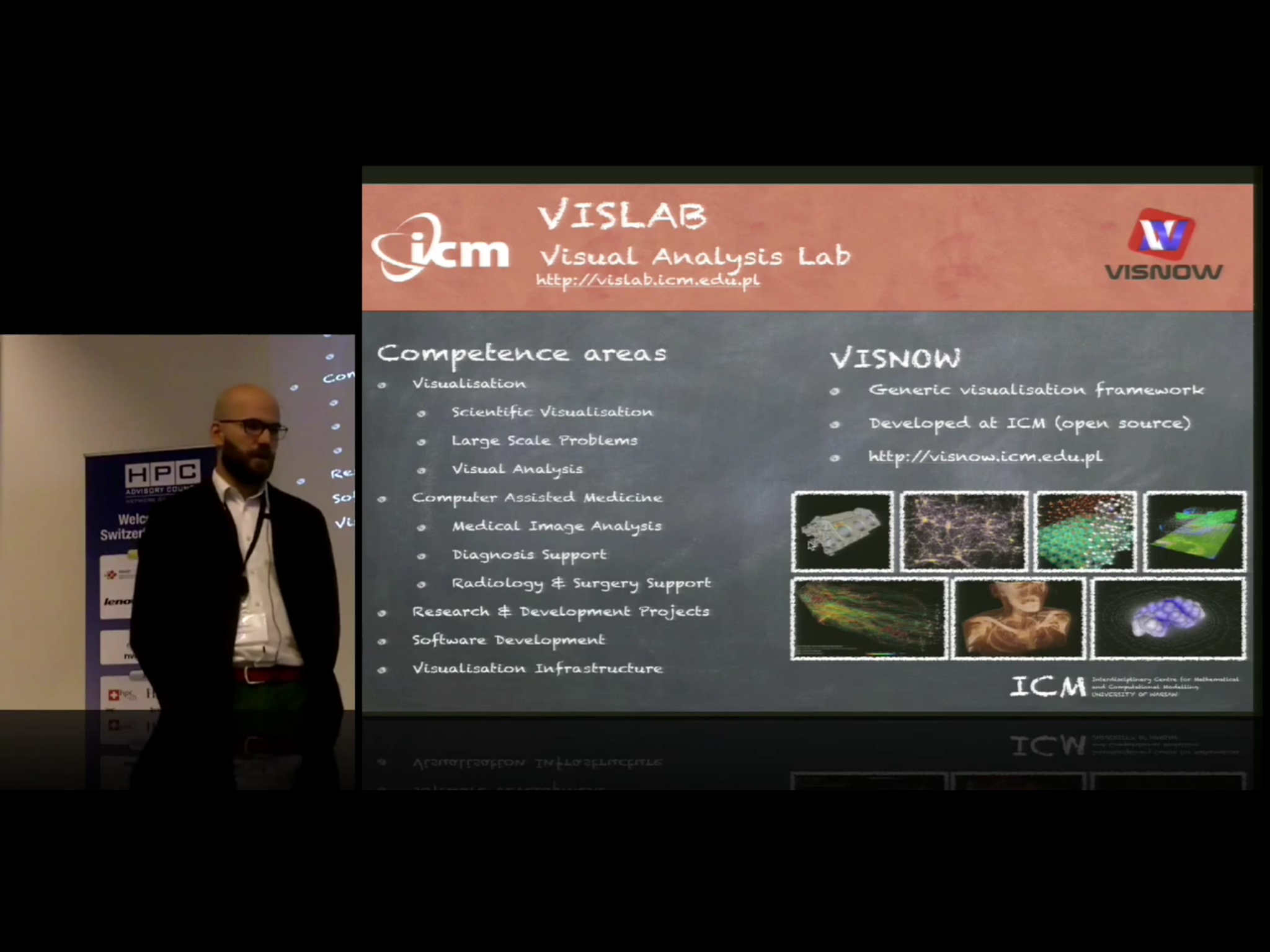 End on March was a time of HPC Advisory Council Conference 2015 that was taking place in Lugano (Switzerland). The event was focused on High-Performance Computing essentials, new developments, emerging technologies and best practices in computational sciences. VisNow found its place at the conference in the presentation of Maciej Remiszewski, giving a talk on Addressing Challenges of Data-intensive Research from ICM UW perspective. You can watch his whole presentation here.
End on March was a time of HPC Advisory Council Conference 2015 that was taking place in Lugano (Switzerland). The event was focused on High-Performance Computing essentials, new developments, emerging technologies and best practices in computational sciences. VisNow found its place at the conference in the presentation of Maciej Remiszewski, giving a talk on Addressing Challenges of Data-intensive Research from ICM UW perspective. You can watch his whole presentation here.
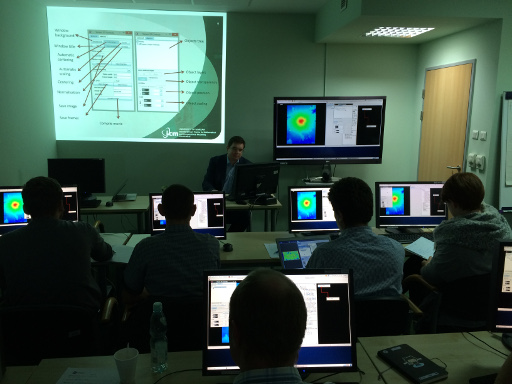 "Advanced visualization with VIsNow" - a recent hands-on training that took place at ICM on 17-18 December 2014 was a next step towards popularisation of VisNow. The training was given by Visual Analysis Lab team and was addressed to High Performance Computing centre users and scientific communities. VisNow was given a warm welcome and new scinetists are anxious to use its capabilities in their work. We're looking forward to the results.
"Advanced visualization with VIsNow" - a recent hands-on training that took place at ICM on 17-18 December 2014 was a next step towards popularisation of VisNow. The training was given by Visual Analysis Lab team and was addressed to High Performance Computing centre users and scientific communities. VisNow was given a warm welcome and new scinetists are anxious to use its capabilities in their work. We're looking forward to the results.




